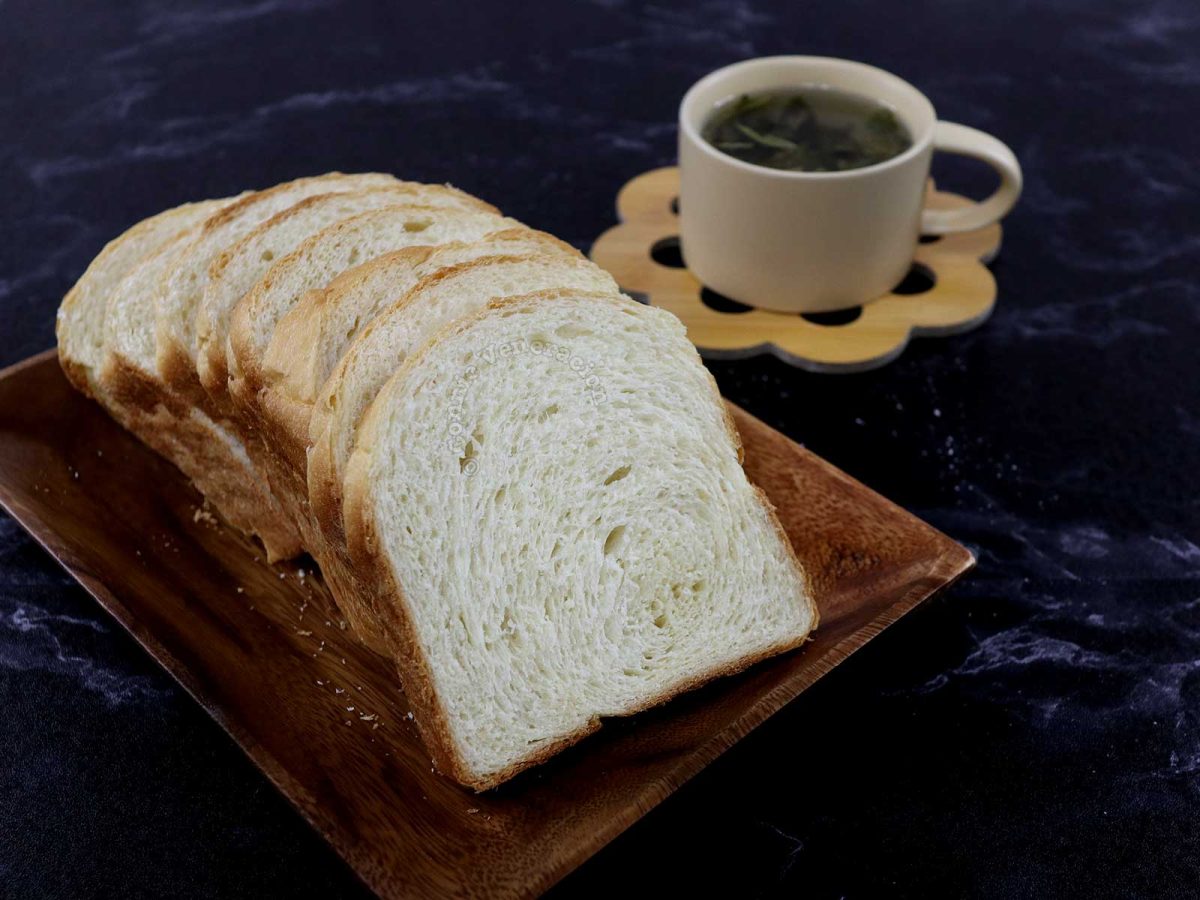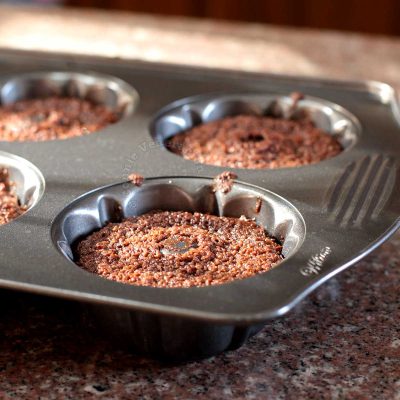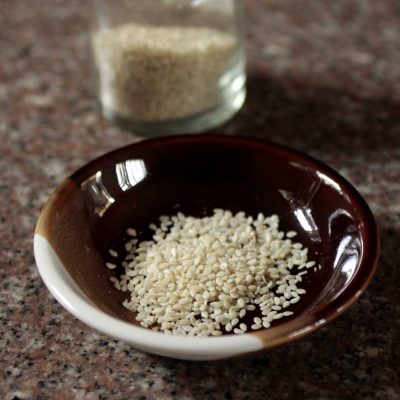From mixing to baking, bread undergoes several processes. This is what bread dough looks like during the various stages in making bread IF you’re not using an electric mixer.
This is a very general illustration with sugar and oil used in the dough. These two ingredients are not always found in bread dough.
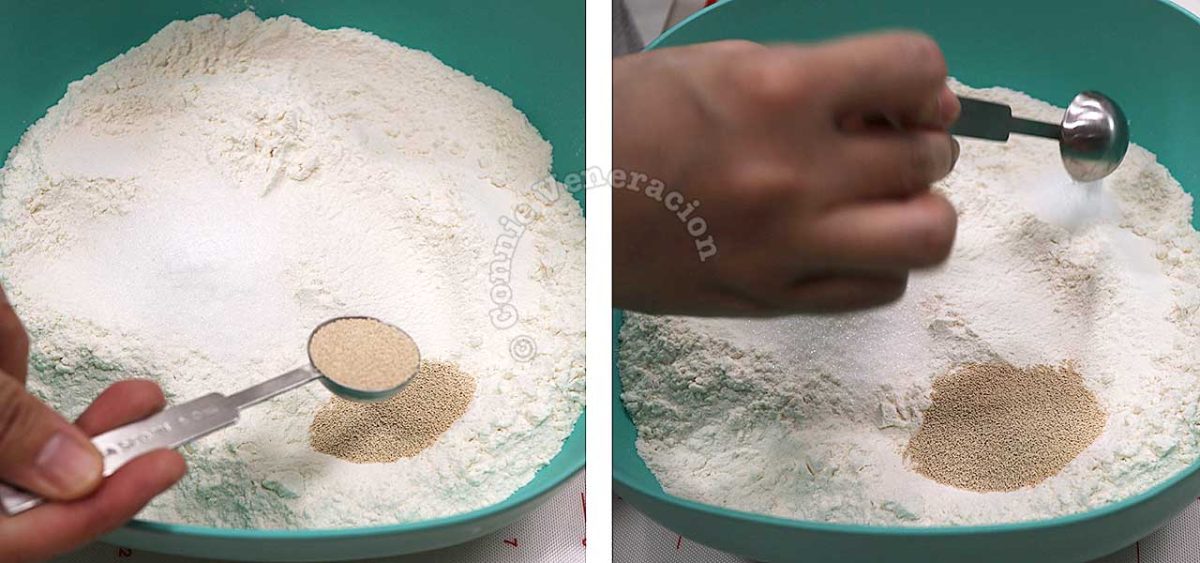
The first step is measuring the ingredients. Start with the flour then add the rest of the dry ingredients: sugar, salt and yeast. While sugar is not an ingredient in every kind of bread, in cases where sugar is required, it is best to add it at the beginning because yeast loves sugar and the dough benefits tremendously from that love affair.
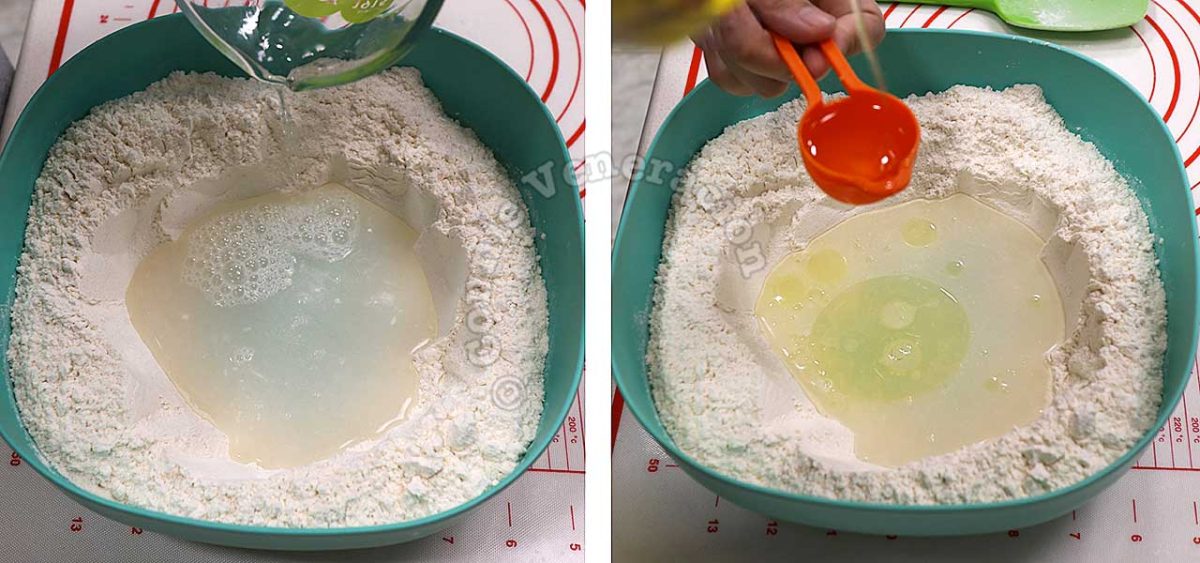
Next come the wet ingredients: water and oil. As mentioned earlier, that some doughs do not require any oil.
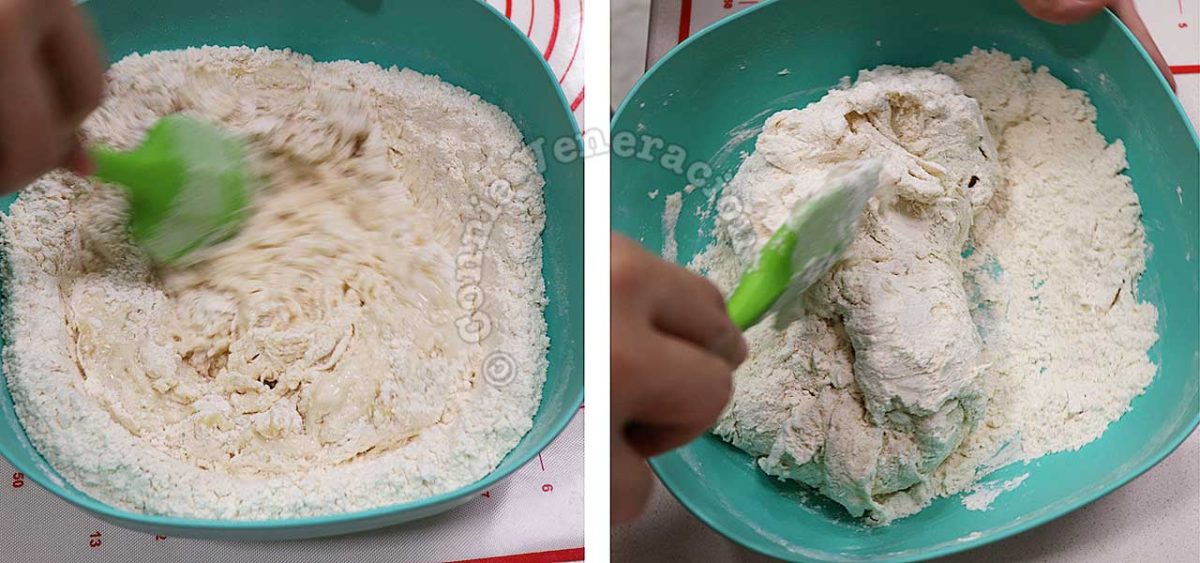
With all the ingredients in the bowl, the next step is to mix them together right in the bowl until the liquids have been absorbed by the flour.
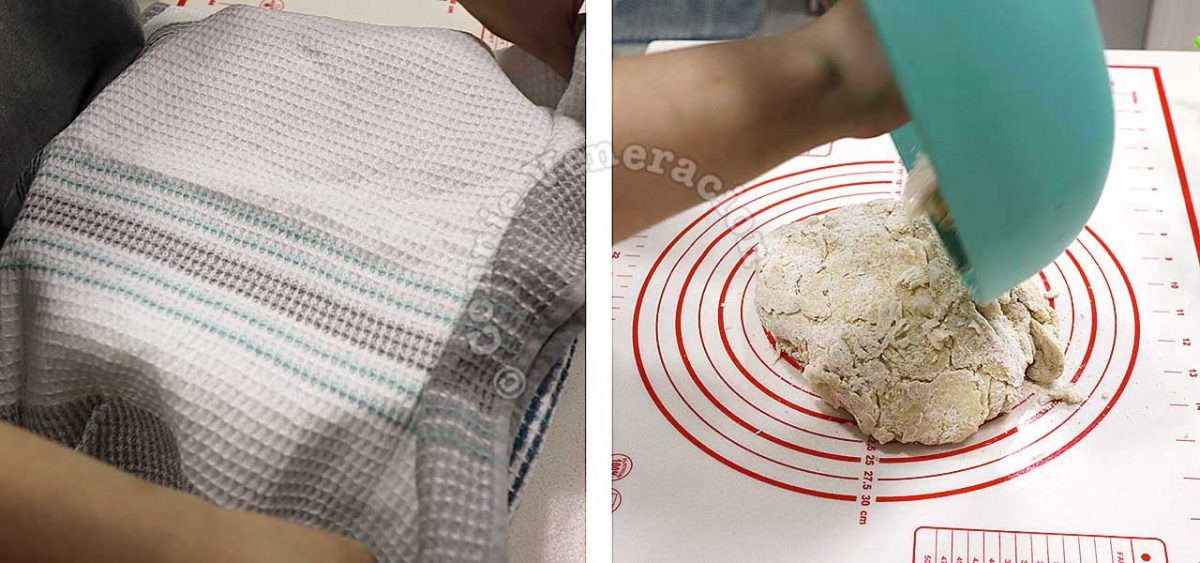
At this stage, the bowl is covered with a damp kitchen towel and allowed to rest before it is dumped on a floured surface where it will undergo kneading. Not every bread baker rests the dough before kneading but it works well for us so we do it.
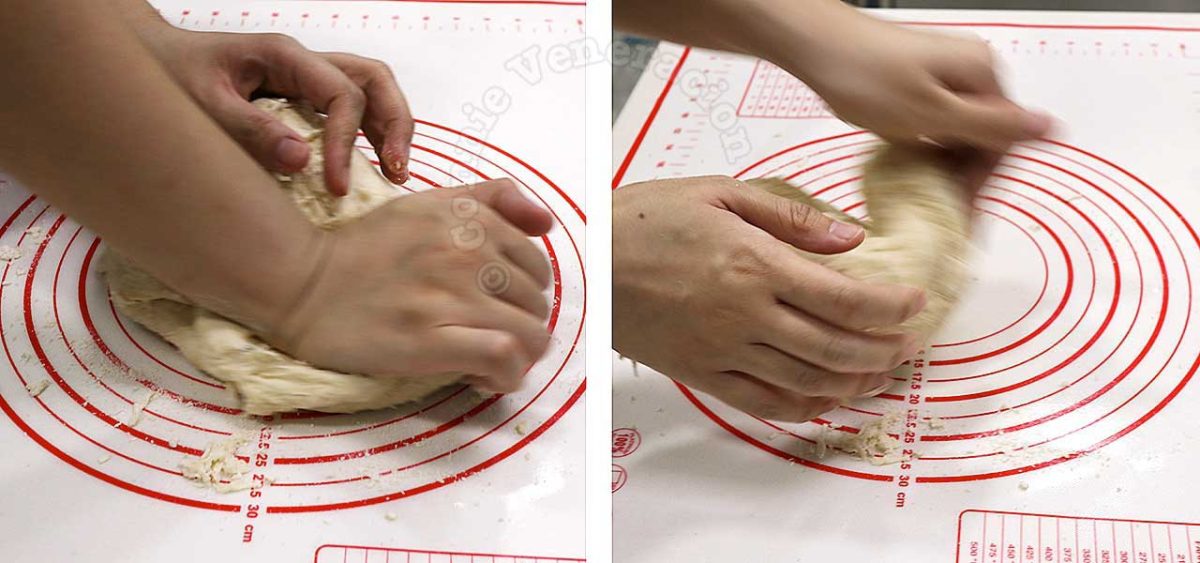
Now comes the kneading which I can best describe as a push-press-roll process. Push the dough away from you while pressing it with the heel of your hand, roll it back towards you and repeat the process until the dough is smooth. Kneading can take anywhere from ten to 20 minutes.
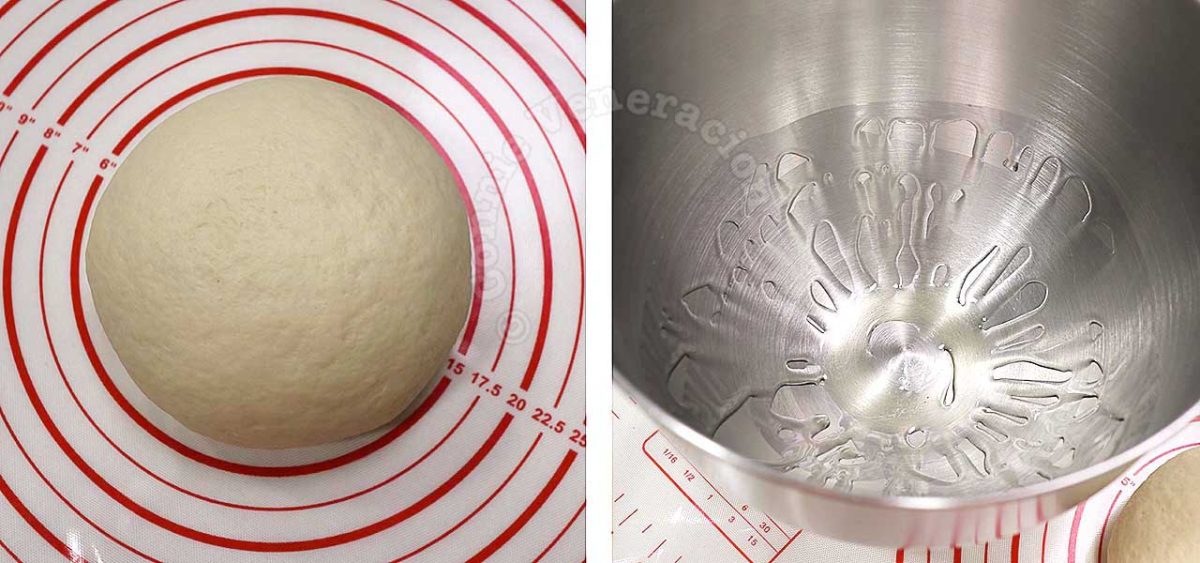
When the dough is smooth, form it into a ball.
Take a clean bowl and coat the bottom and sides with oil.
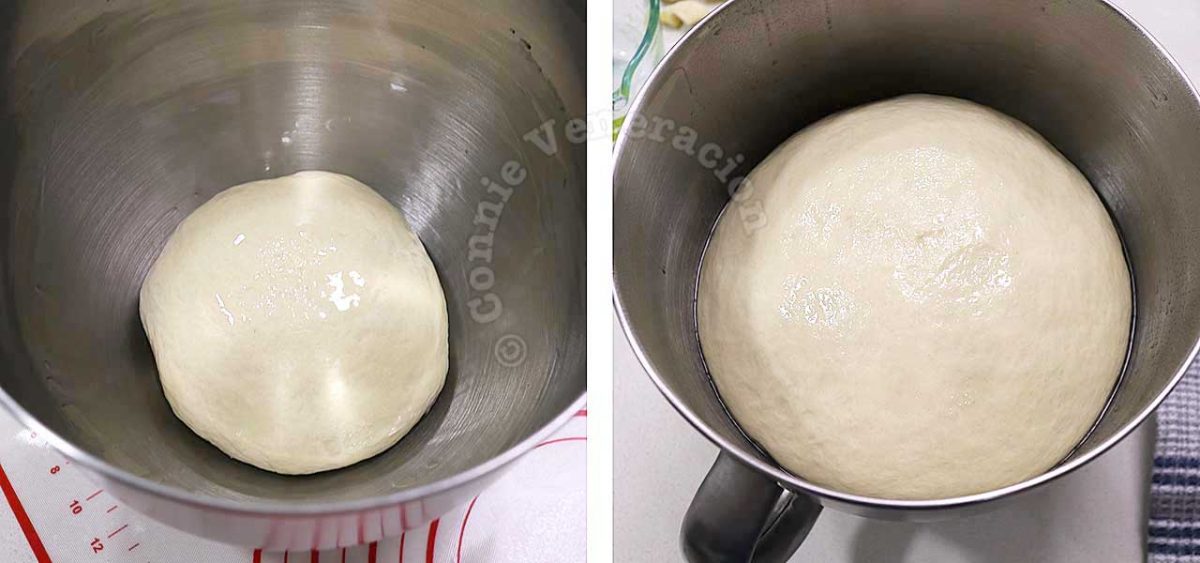
Drop the dough into the bowl and roll it around to coat the surface with oil.
Cover the bowl with a damp kitchen towel, place the bowl in a cool corner of the kitchen away from the sun, and leave the dough to rise until double in volume. How long it takes for the dough to rise depends on the temperature and humidity in your kitchen. Do not count the hours but, rather, peek at the dough to see how much it has risen.
The risen dough is dumped on a floured work surface again. There is no need to punch the dough because once you release it from the bowl, it will naturally deflate.
The dough is now ready to be divided, shaped and left to rise a second time before going into the oven. The dividing, shaping and second rising vary depending on whether you’re making loaves, buns or rolls. That part will be illustrated in individual bread recipes.

